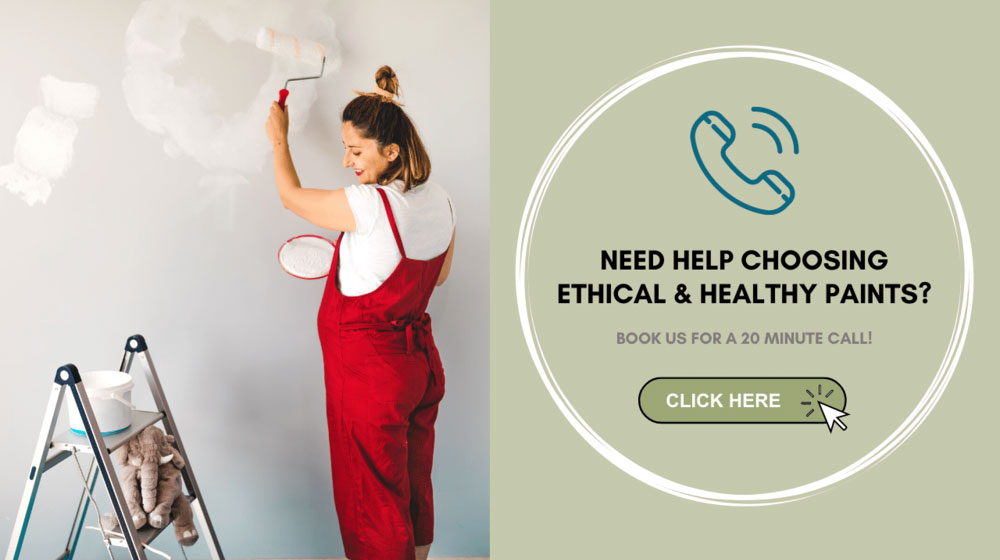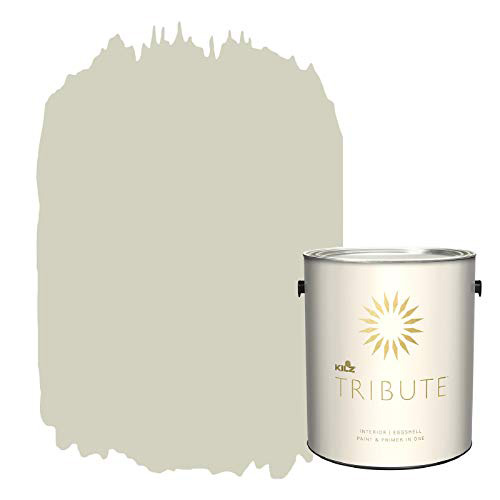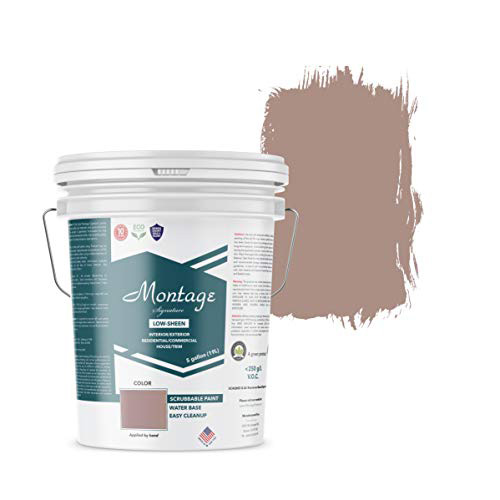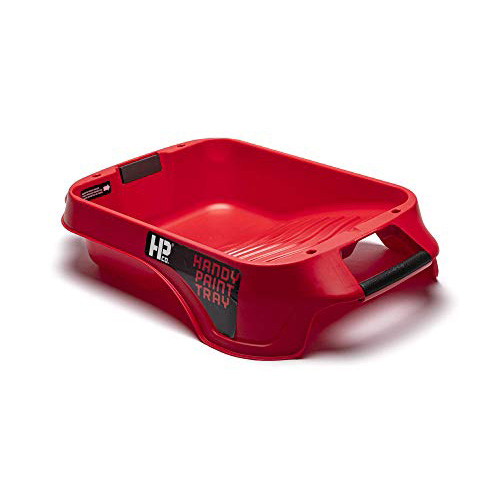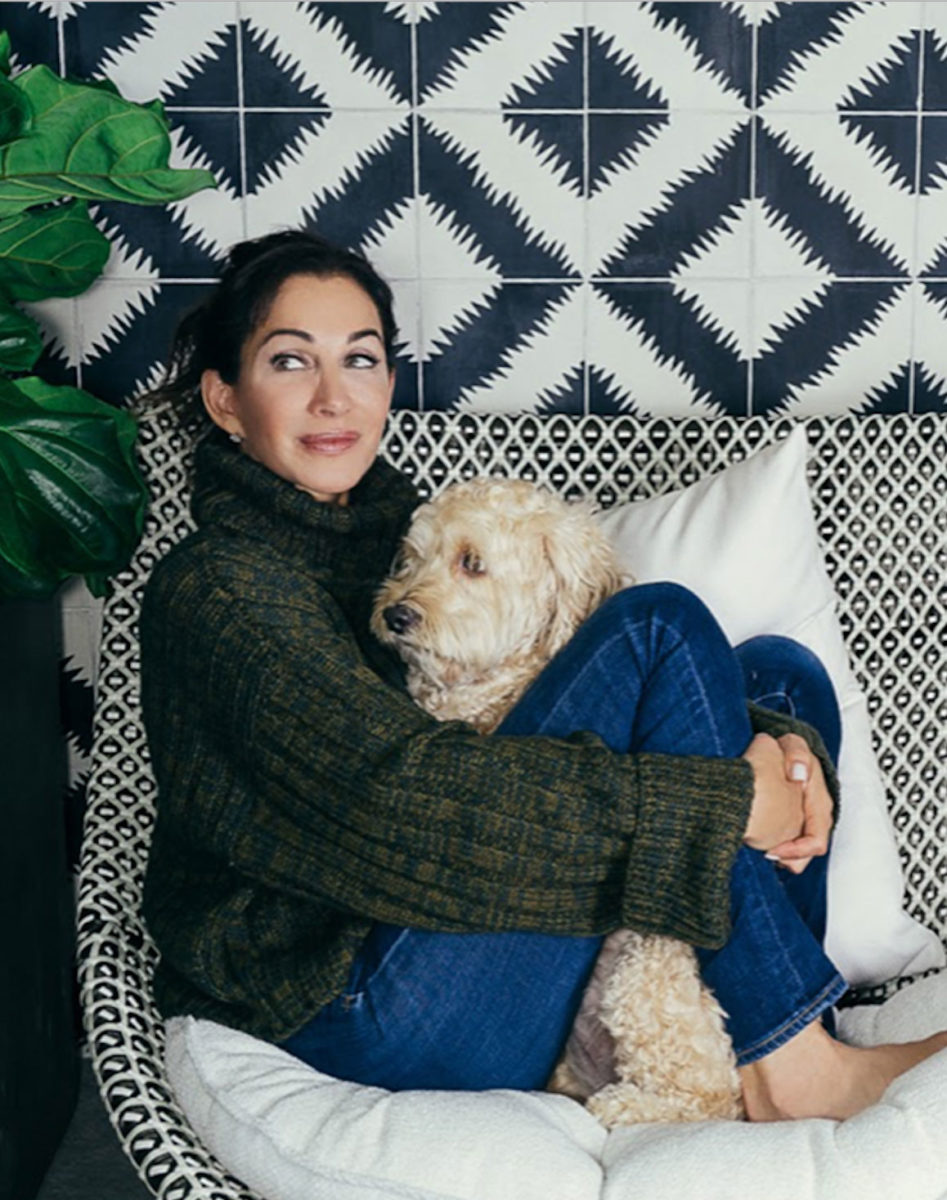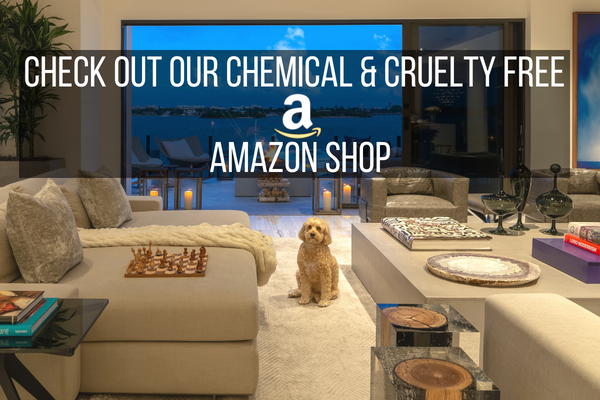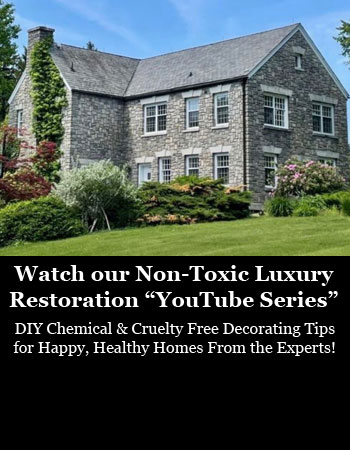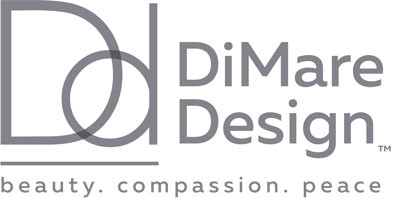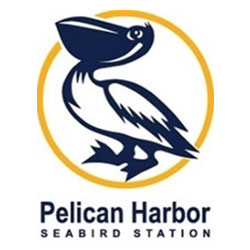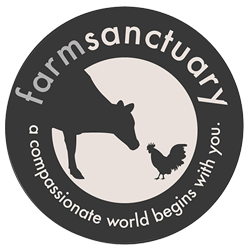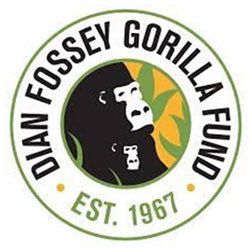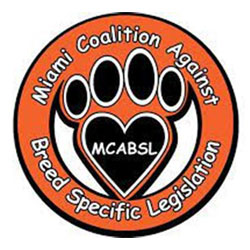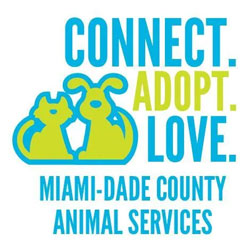Can Paint be Healthy & Cruelty-Free? Is This a Myth? Not on Your Watch!
It’s that time again – uggh! Time to go off to that big-box retailer and find the right paint and the perfect colors for your walls; time to get out the brushes and rollers and lay down those tarps or plastic sheets; time to disrupt your living space, sometimes for weeks. We’ve all seen those commercials with happy couples enjoying quality time together while they make painting just a breeze. On what planet does that happen?
Every home needs a “paint job” at some point. There are homeowners who have been in their homes for a long time re-paint, on average, every 5 years. Then some purchase a home from others often paint to get the colors they want; people who build homes meet with the builder and choose their paint and paint colors; and those who put their homes on the market will often paint to give a “fresh” appearance.
With so much painting going on, what are vegans to do? They want paint that is cruelty-free and free of the chemical toxins that “invade” a home via the paint on the walls.
The answer lies in some research and the decision to take the time and effort to have healthy and cruelty-free walls.
Preventive Measure to get to Healthy Painting
There are certain things you can do upfront by way of prevention:
- If you purchase an existing home, chances are you will not know what kind of paint has been put on those walls. In these cases, you can apply a plant-based sealant.
- While the odor of KILZ products may seem harsh, their latex products are very low VOC. They contain plant derivatives and mined minerals. Once you have primed with the KILZ latex product, you can then paint right on top of it. Never use oil-based sealants – they are full of toxins.
- If you are building a new home, you are in luck. You have the power to choose your paint to go on virgin walls. Be certain you choose plant-based and cruelty-free primers and paints. It will be a bit more expensive but well worth it.
- If you are planning to stay in your current home but know you have used paints with high VOC levels in the past, then take the steps outlined above to seal and re-paint. And obviously, any painting you do in the future will only be with those of low VOC levels.
Taking a Look at Non-Toxic Paints
There are lots of toxins in your home that you can quickly eliminate. But paint on your walls is there pretty permanent. And paint is one of the biggest factors in poor air quality in your home. Why? Because the chemicals in paint evaporate into your air – the air you breathe all day and night, every day.
Now that consumers are becoming far more conscious of air quality, paint manufacturers have responded (1). They are now producing many lower-VOC latex paints than in the past. Still, these are not natural paints and do contain some harmful chemicals and resins. But it is a step forward.
The best alternative will be all-natural paints, made from natural materials such as linseed oil, lime, and even natural solvents like turpentine (which can be mixed with chalks for pigment). And many come in powdered form, so you can mix up what you believe you will need for a room.
While these natural paints have a much shorter shelf-life (there are no preservatives), they can be disposed of in any manner, because there is no environmental impact. They can even go in a compost pile.
All healthy painting types have certain ingredients – water, a solvent, a binder, and a filler. Two of the most common and readily available paint options are milk (which we don’t recommend for obvious reasons) and lime. Here’s a little lesson on each type:
Let’s design your dream home with safe & ethical paint, furniture and decor!
Sign up for a Virtual Design Consult or 20 minute phone call HERE or by clicking the image above!
Lime Paint
As the name suggests, lime paint is produced from crushed and burned limestone, which is then turned into putty by adding water. It is then aged and turned into a liquid with more water. Pigments are then added.
While it goes best on stone or brick, it can be applied to wallboard, but it is easily absorbed, and several coats may be required. The best approach for wallboard is a natural primer/sealer applied first.
Milk Paint
This paint is made from a particular protein in milk, called casein, which is the binder. Water and pigment are then added. This paint has been in used for a long time but times are changing, we no longer need to rely on this non vegan option.
The finish you can get with milk paint will depend on the wall surface, temperature, and the type of brushes you use. The best wall surfaces are raw wood or completely virgin plaster or wallboard. As the paint ages, the sheen and shading will change.
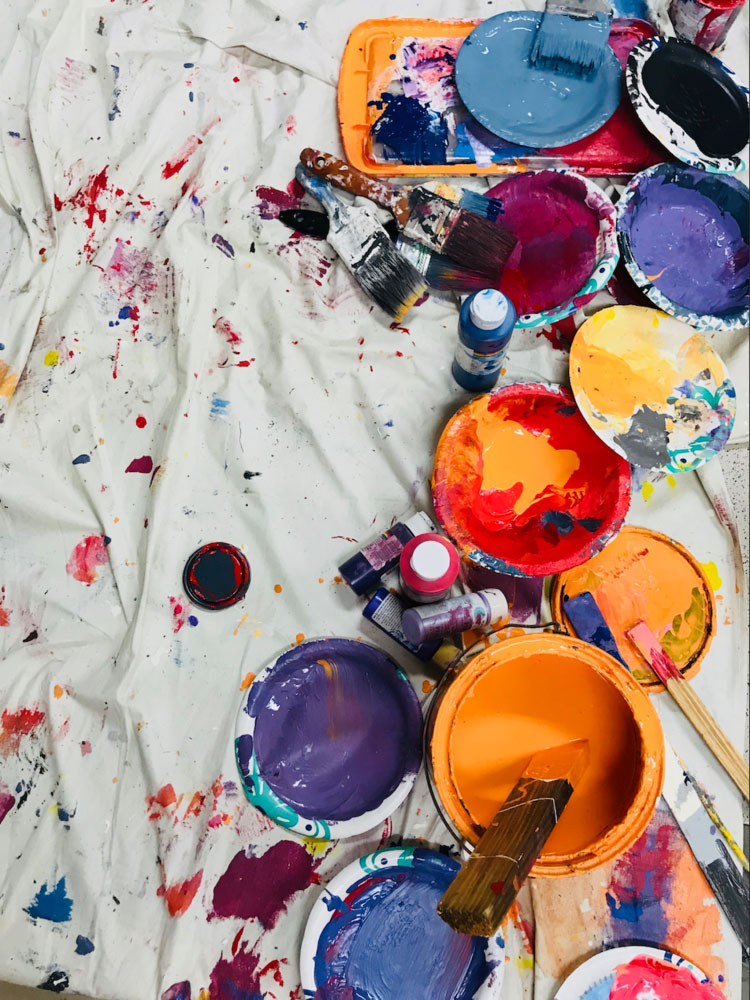
Image Credit: Unsplash
Healthy Painting that is Cruelty-Free
Only a few paints are really cruelty-free. Most are manufactured in the UK, although there are a few now made in the U.S.
Like many others, makers of paint are not always forthcoming about everything that is contained in their product. For example, the strictest of vegans will want to know if casein, a milk protein discussed above, is used as a binder. Still other paints contain beeswax (2), another ingredient not normally listed.
But that’s just the beginning. There is also the whole issue of animal testing.

Defining Cruelty-Free Paint
There are two factors involved in cruelty-free paints:
- There are NO animal by-products in the paint
There are now modern testing procedures that do not involve animals – human cell-based and computer model testing are just two of these
In 2013, the EU banned animal testing for cosmetics. There is talk now about banning it in other industries, including paint
Publicity and public shaming have forced most cosmetic manufacturers to develop other means for testing their products. We can do the same for paint.
Already, several paint brands have taken the lead in cruelty-free manufacturing. Others are sure to follow.
- The paint has NOT been tested on animals
The testing on animals is particularly horrible. It includes painting the skin of animals to look for harmful side effects and forcing animals to consume a paint, again to determine harm to bodily functions and/or organs.
This type of testing is a lot like that which used to occur in the cosmetic industry. Bad publicity about this practice has forced that industry to change its ways. We can only hope that paint manufacturers will follow suit.
If we look at the evolution of cruelty-free testing in the cosmetic industry (4), we can see how this can easily transfer over to the paint industry.
There are hundreds of ingredients that have a history of safety and therefore do not need to be tested on animals. According to Better Homes and Gardens (5), there are plenty of binding agents that are plant-based (e.g., legumin). These may bring costs up during the manufacturing process, but we vegans will be happy to pay it.
What Brands to use for Healthy and Cruelty-Free Painting?
We’ve done the research for you, here’s a start:
- Farrow & Ball – started out in Dorset back in 1946. They are very open about the makeup of their paints on their website. “Our Estate Emulsion, Estate Eggshell, Modern Emulsion, Modern Eggshell, Full Gloss, Exterior Eggshell, and Exterior Masonry finishes are vegan-friendly & contain no animal-derived ingredients.”
- AFM SafeCoat – based in San Diego. After contacting the brand directly, we learned that they supply a (vegan) “HardSeal” product that is particularly effective at sealing in outgassing pollution or toxic chemical compounds.
- KILZ – A vegan-friendly paint for both priming and covering. There are no animal byproducts in its paints, and it doesn’t do animal testing. All of the ingredients in its latex primers and paints are plant-based or from mined minerals (for pigment and thickening).
- The Organic Natural Paint Company. This company makes all kinds of paints for many different purposes. They are completely cruelty-free, and the only objection of some vegans would be their use of milk casein protein.
If you’d like access to our FULL list of vegan & non-toxic paints, check out our Amazon non-toxic paints we love!
Final Thoughts
So CAN paint be healthy and cruelty-free? Yes, it’s not a myth. It is here and now. It may take some extra work on your part, but the rewards are great. Toxins will not be evaporating into the air that surrounds you day and night; no poor animals are dying so that you can have a safer paint. The added bonus is that you are not harming the environment by disposing toxic paints into the environment. Just imagine being able to pour your leftover paint into your compost pile. Whatever time, energy and cost involved, it’s worth it.
Author’s Bio: Jessica Fender is a professional writer and educational blogger. Jessica enjoys sharing her ideas to make writing and learning fun.
SHOP HEALTHIER NON-TOXIC & CRUELTY-FREE PAINTS & SUPPLIES
Join our Facebook Community Design for a Non Toxic & Cruelty Free Home.
Check out our non-toxic and cruelty-free Amazon shop.
In case you missed it 🌸
Have you taken our newest beginner course?!
Learn more about the Online Nursery & Kids Room Design Course.
Need help creating a safe & healthy home for you & your family?
BOOK US for a 20-minute call!
Need even more family-friendly home design tips?
Meghan Markle and her choice of nursery paint.
Read more about pesticide-free Gardening Know How
How a good desk chair will improve back pain.
How to protect our marine life ocean plastic.
Best Materials for a Kitchen Backsplash Remodel.
What are volatile organic compounds (VOCs)?
How time in nature can improve our mental health and sharpen our cognition?
Why should I be concerned about lead poisoning?
31 Kitchen Color Ideas to Elevate Your Cabinetry Without a Full Remodel.
Just a heads up, this article may contain links to affiliate sites, products or services. If you purchase something through one of those links, you won’t pay a penny more! The affiliate simply provides us with a small commission which helps us fund our operations, promoting healthy & compassionate interior decorating.
Share this with friends!
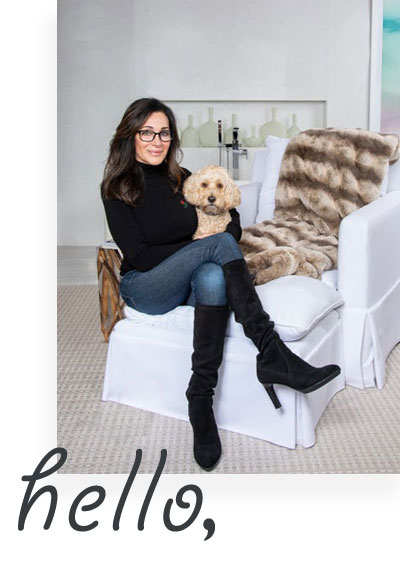
I’m Deborah! My mission is to show others by demonstration, that no living being, human & non, be sacrificed for beautiful, non toxic, healthy & durable furniture & decor. More about me.


